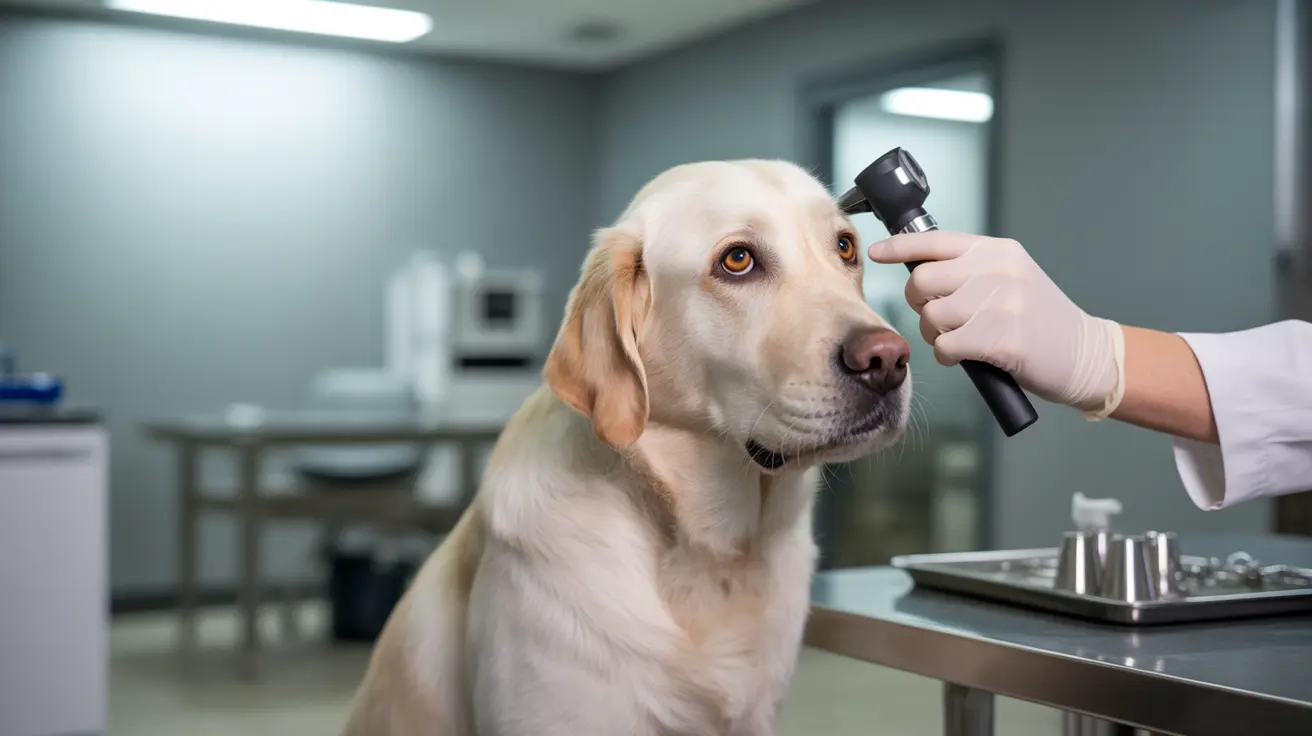What Causes Skin Tags in Dogs?
Skin tags, also known as
acrochordons or
fibrovascular papillomas, are common benign growths in dogs that are usually harmless but can cause concern for pet owners. Understanding their causes and characteristics helps dog owners identify and manage these skin anomalies appropriately.
What Are Skin Tags?
Skin tags are
soft, flesh-colored growths that can vary in size, shape, and texture. Typically, they are
attached to the skin by a thin stalk and may appear soft, flat, firm, or squishy. Generally hairless, they sometimes grow tiny hair and tend to match the dog's natural skin tone. Most tags are
a few millimeters in size and are not painful or irritating unless impacted by external factors.
Common Locations of Skin Tags
Dogs can develop skin tags anywhere on their body, but they most frequently appear in:
- Neck
- Armpits
- Chest
- Belly
- Groin
- Legs
- Around the face, especially eyes and mouth
These areas are more susceptible due to
friction and skin folds.
Main Causes of Skin Tags in Dogs
Several factors contribute to the formation of skin tags in dogs:
- Aging: Skin tags are more prevalent in older dogs, likely due to cumulative skin stress and changes in elasticity.
- Genetic Predisposition: Certain breeds are more likely to develop skin tags, including Boxers, Cocker Spaniels, Poodles, Miniature Schnauzers, Bulldogs, Beagles, and various hound breeds.
- Friction and Skin Irritation: Repeated rubbing caused by collars, harnesses, or resting on hard surfaces can contribute to skin tag formation.
- Skin Folds: Dogs with deep skin folds may experience chronic moisture and rubbing, leading to the growth of skin tags.
- Hormonal Imbalances: Although less common, endocrine disorders may alter skin behavior, possibly contributing to the development of skin tags.
- Viral Infections: In rare cases, viruses such as the papilloma virus may foster growths that resemble skin tags.
How to Differentiate Skin Tags from Other Growths
Skin tags can appear similar to a number of other skin anomalies:
- Warts: Typically firmer and rounder than skin tags.
- Cysts: Generally larger, fluid-filled, and immobile beneath the skin.
- Ticks: Have visible legs – a close inspection reveals movement or limb-like structures.
- Other Growths (Moles, Tumors, Nipples): May resemble skin tags but behave differently and should be examined professionally.
Signs That a Growth May Be Problematic
While most skin tags are harmless, vet consultation is necessary if you notice:
- Rapid growth
- Change in shape, color, or size
- Ulceration, bleeding, or discharge
- Redness or irritation
- Discomfort such as scratching, licking, or avoiding touch
- Lethargy or behavioral changes
- Sudden appearance of many new tags
Diagnosis and Veterinary Evaluation
Veterinarians will perform a
physical examination to assess the nature of the growth. If the identity is uncertain, diagnostic options include:
- Fine Needle Aspiration (FNA): Sampling cells for assessment.
- Biopsy: Removing a tissue sample for laboratory analysis.
These methods ensure the growth is non-cancerous and can help rule out dangerous skin tumors.
When and How to Remove a Skin Tag
Most skin tags do not require removal unless they:
- Cause irritation or bleed
- Become infected or inflamed
- Are in high-friction areas causing discomfort
Removal options include:
- Surgical excision
- Cryotherapy (freezing)
- Cauterization (burning)
Procedures are typically quick and done under local or general anesthesia depending on tag size and location.
Never attempt at-home removal, as this can cause pain, injury, infection, or complications if the tag is misidentified.
Prevention and Monitoring
While not all skin tags can be prevented, owners can reduce risk through:
- Routine grooming and skin inspections
- Keeping skin folds clean and dry
- Ensuring proper fit of collars and harnesses
- Providing soft bedding
- Managing allergies and skin conditions
- Maintaining healthy body weight to reduce friction
- Keeping a skin tag journal to track changes
Conclusion
While skin tags in dogs are usually benign, understanding their cause, appearance, and risk factors helps ensure your pet’s comfort and long-term health. With routine monitoring and veterinary care, these small growths will remain a manageable concern rather than a health issue.





